





 |
 |
 |
 |
 |
 |
| Greg Lavaty | profile | all galleries >> My Blog >> So you want to become a birder? 01-08-2013 | tree view | thumbnails | slideshow |
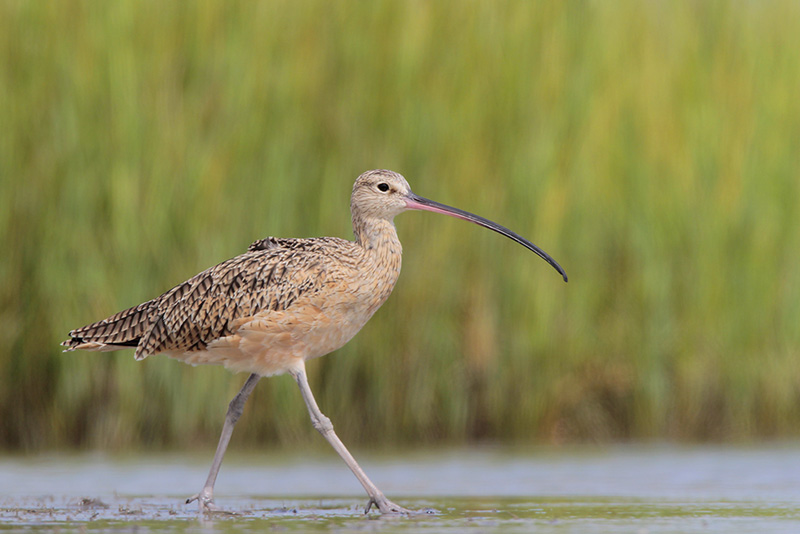
This past Sunday I was asked to lead a group of beginning birders on a nature walk around Galveston Island State Park. At the park I met six intrepid birders who decided to brave the wind and cold in hopes of seeing something exciting. Despite the less than ideal weather conditions, I am confident everyone got to see some interesting birds, take a bunch of photos and learn a bit about the habitats at the park. On the trip I got a lot of questions from the participants about many aspects of birding and it was those questions that inspired me to write this post.
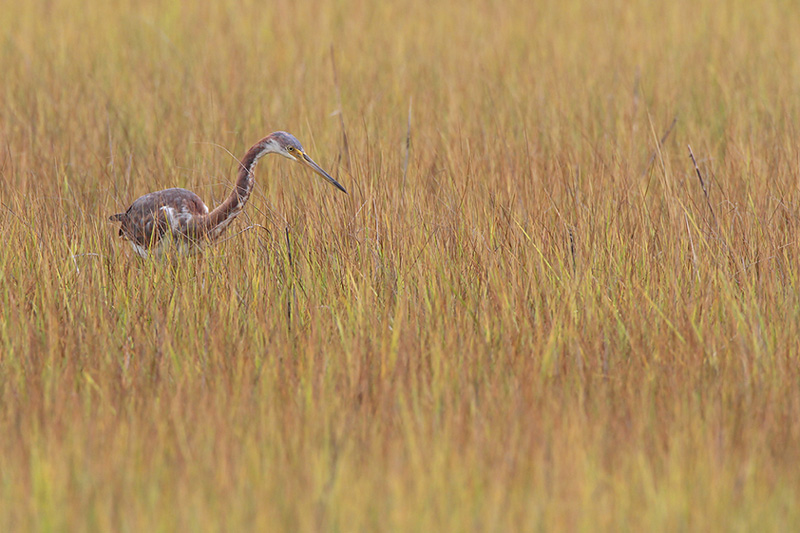
It seemed obvious to me that many of the members of this group have some interest in birding and have taken a step to see what it is all about. Now they are trying to figure out what to do next. One thing that I have learned from being around birders is that there are an unlimited amount of ways to enjoy birds and nature. Some people I know love to keep lists. They have lists of what birds they saw this year, what birds they have seen in their lifetime, what birds they have seen in their home county, what birds they have seen in TexasÖ Some try to see how many birds they can see in a single day. Some birders travel all over the country trying to see all the different birds and others travel all over the world. Some people become experts on bird sounds and can identify all sorts of birds just from the sounds they make. These birders even carry around recording equipment so they can study the sounds they heard when they get home. I enjoy taking photos of the different birds. The one thing we all have in common is that birds get us out of the house and give us something fun to do with our time.
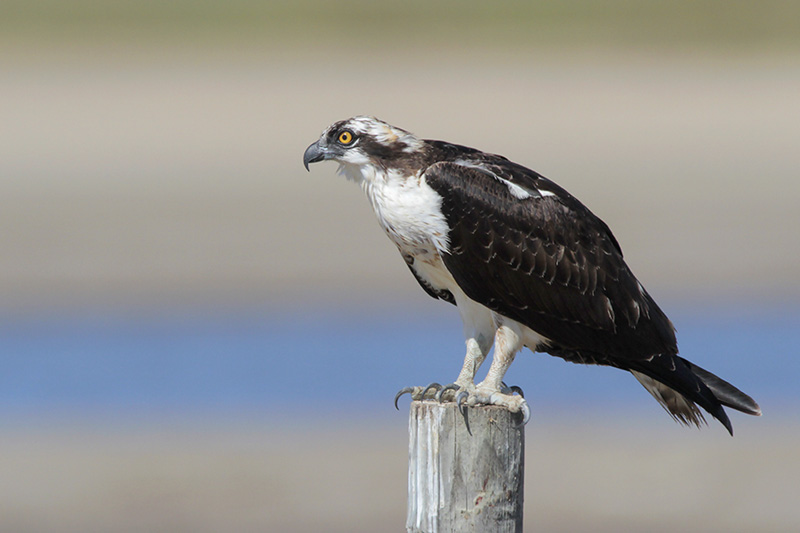
Like many hobbies, it is easy to spend a lot of money on birding. Binoculars sometimes sell in the $2000 and $3000 range, a good digital SLR and telephoto lens can run into the tens of thousands of dollars. Obviously, it isnít reasonable for someone who may or may not be interested in birding as a long term activity to spend that kind of money on gear. It is, however, not a bad idea to get some basic gear to enhance your experience.
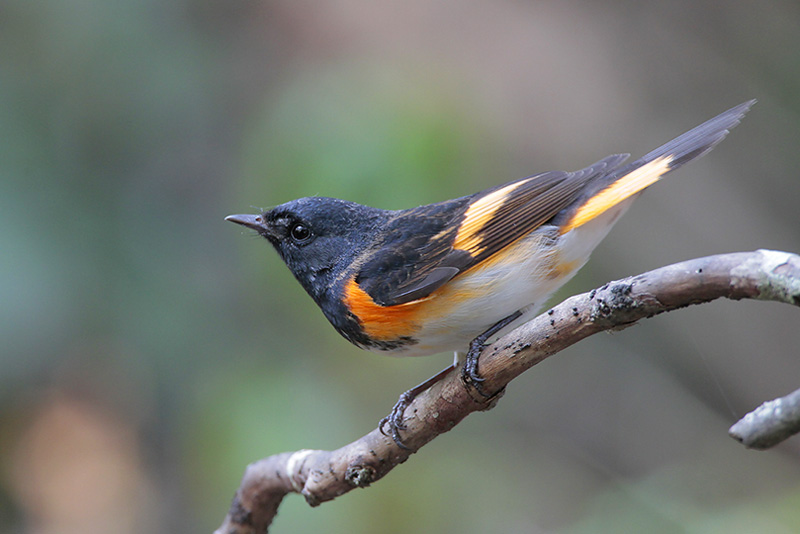
One of the easiest ways to enhance your enjoyment of birds is to get a field guide. There are many different guide books that cover our area and all of them have their merits. One of my personal favorites is The Sibley Guide to the Birds of Eastern North America. This book costs less than $15 at most retailers and is well worth the investment. What I like about the book is that it is very well illustrated with paintings of all of the birds you would expect to see on the Upper Texas Coast in their various plumages. It also has very good range maps and decent species accounts to tell you a few things about the habitat that each species prefers. Another benefit of this book is that it is small enough that you can bring it with you on your birding outings without it being too much of a burden. This is the book that I always keep in my car.
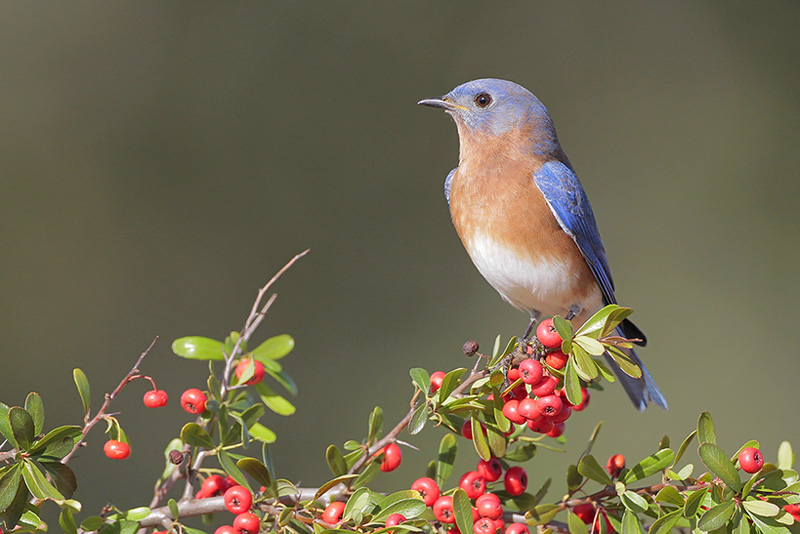
A suggestion I usually make to new birders is to not actually carry their field guide out in the field when they are looking for birds. I think it is best to spend your field time trying to observe as much about the birds you see as you can. It might even be useful to carry a little note pad and pen to write down notes about the birds you are observing. If you donít like writing, a small digital recorder also works well for recording spoken observations. You can use these notes to help identify the birds later. Some useful things to try to remember about the birdís physical characteristics include the birdís color, size, beak shape, patterns on the body (streaks on the breast, wing bars, stripes on the tailÖ), leg color, relative size and so on. It is also useful to observe where the bird was found. For example, was the bird in the woods, in an open field, swimming in a swamp, swimming in the Gulf of MexicoÖ Details about the habitat that the bird was in are helpful in identifying birds as different species are often associated with specific habitats.
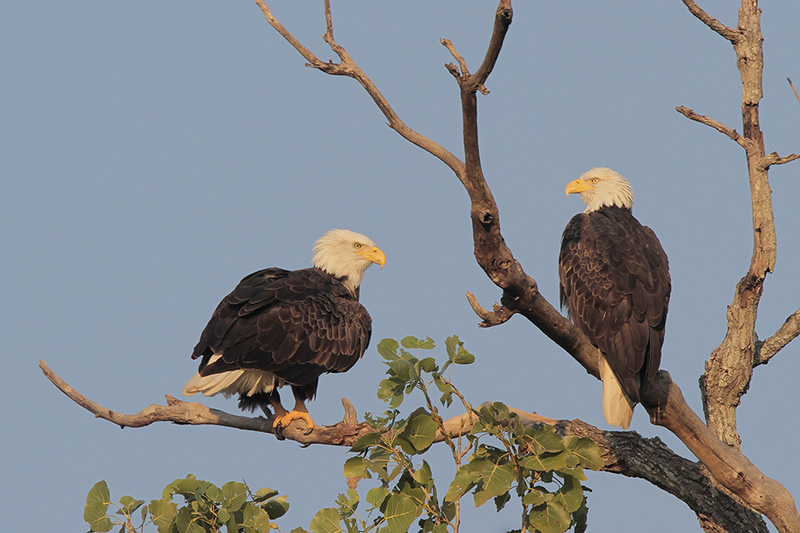
The range maps in your field guide are also helpful in identifying new species. These maps will typically indicate the winter range, summer range, migration range and year around range for various birds. If you are making observations in the summer it is usually pretty safe to rule out the species that are only expected in your area during the winter.

The next piece of gear that I would suggest a budding birder to look into is a decent pair of binoculars. Reasonably good binoculars can be purchased for around $100 -$200, and they will greatly enhance the enjoyment you have of the birds you encounter. Binoculars will allow you to see details on the bird (colors and patterns) that you just canít typically see with the unaided eye. When shopping for binoculars it is easy to get overwhelmed with all the options. I would make the following recommendations about your first pair of binoculars.
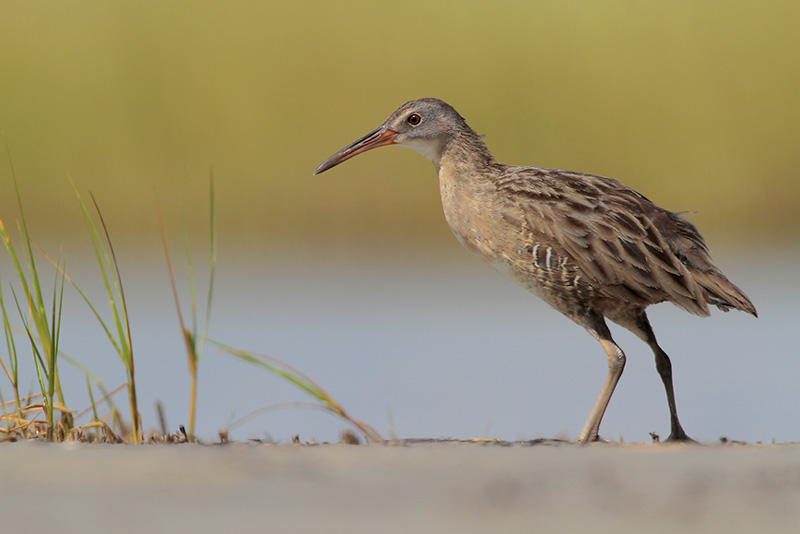
I recommend getting a pair of 8x42 binoculars. In this nomenclature the 8 stands for the ďpower,Ē so in this case the binoculars offer an 8x magnification. It might be tempting to get a pair of binoculars with lots of magnification, but there are a couple of possible pitfalls that come along with doing so. With higher magnification it gets harder to hold the binoculars steady, yielding a shakier view. The other pitfall is that higher magnification means that the binoculars will be bigger and heavier. Most of the people I know donít like carrying around extra weight when they are out walking around in nature. A big, heavy pair of binoculars is more likely to be left at home. The second number in the 8x42 refers to the objective diameter, which is 42mm in this case. The objective is the front piece of glass that the light enters the binoculars through. A larger diameter means that the binoculars can collect more light, yielding a brighter image. I have found that 8x42 is a good compromise, offering useful magnification and brightness without being too heavy or too difficult to hold steady.
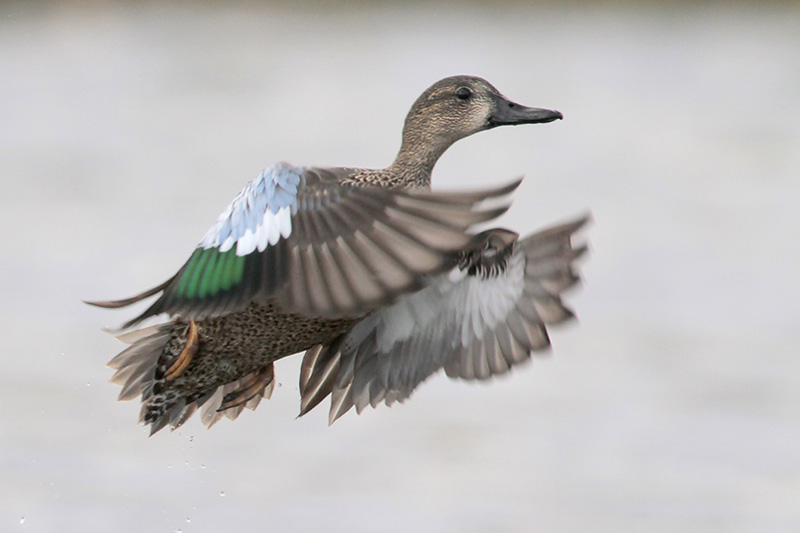
A specific recommendation I would make are the Eagle Optics 8x42 Denaliís. These can be purchased from eagleoptics.com for around $180 and they sometimes go on sale for even less. These are the binoculars that I personally use and I have been very pleased with them. If the Denaliís are out of your price range I have also found the Nikon 8220 Trailblazer 8x42 ATB Binoculars to be a good value for the money. The Nikonís run for about $90 on Amazon.com. They offer a clear view and are a little bit larger than the Eagle Optics model. I find the Denaliís to be a little easier to use and a bit less prone to flare but I donít hesitate to recommend either pair of binoculars.
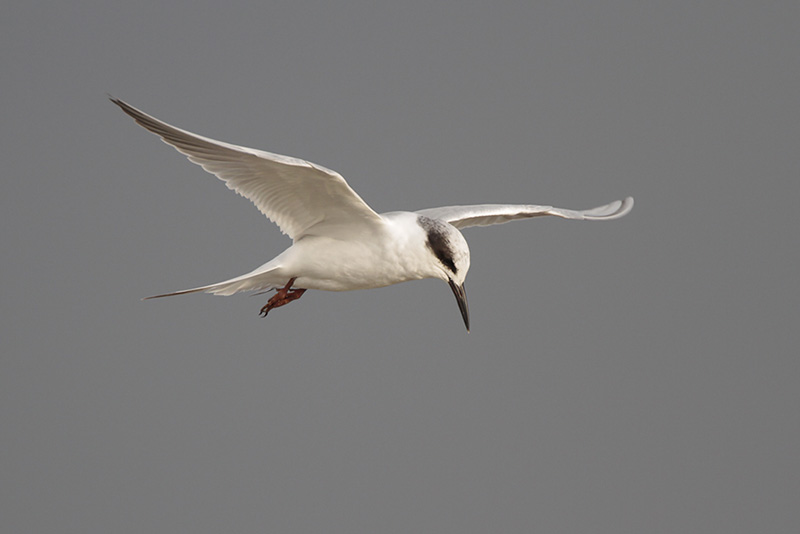
Since I derive a great deal of enjoyment in taking photos of birds I couldnít write this without suggesting looking into some sort of digital camera to document the birds you encounter. Like the binoculars, you donít have to spend a fortune to get in the game. There are some respectable point shoot cameras on the market that donít weight a ton and wonít cost you a fortune. I recently acquired a Canon SX50, and while it isnít up to the capabilities of an SLR equipped with a quality telephoto lens, it does offer a very nice option for someone who is still testing the waters of bird photography. This model can be purchased from most retailers for less than $400. Similar models are offered by all of the major camera manufacturers. I have written a blog post about my initial experiences with the SX50 here: https://pbase.com/dadas115/zblogcanonsx50
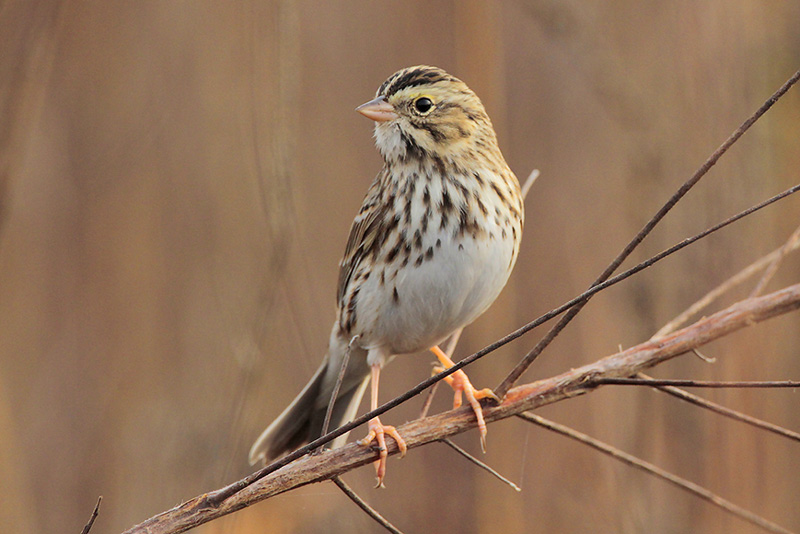
Those of us who call the Houston area home are blessed with a real treasure of a park that is less than an hour from downtown. Brazos Bend State Park offers miles of well maintained trails and a variety of interesting habitats to explore that include riparian, coastal prairie and hardwood forest. This is likely the first place people visit when they get into birding. A number of official bird hikes are offered at the park, which can be a good way to learn a little about what the park has to offer. The schedule for the various hikes and programs offered at the park can be found on their website www.brazosbend.org

Texans really have a great asset in the form of the state park system, which is in my opinion, shamefully underfunded. Even despite the small budget the state park system has many great parks that offer new birders access to a variety of interesting habitats across the state. If you are looking for a place to go birding, itís tough to go wrong with a Texas state park.
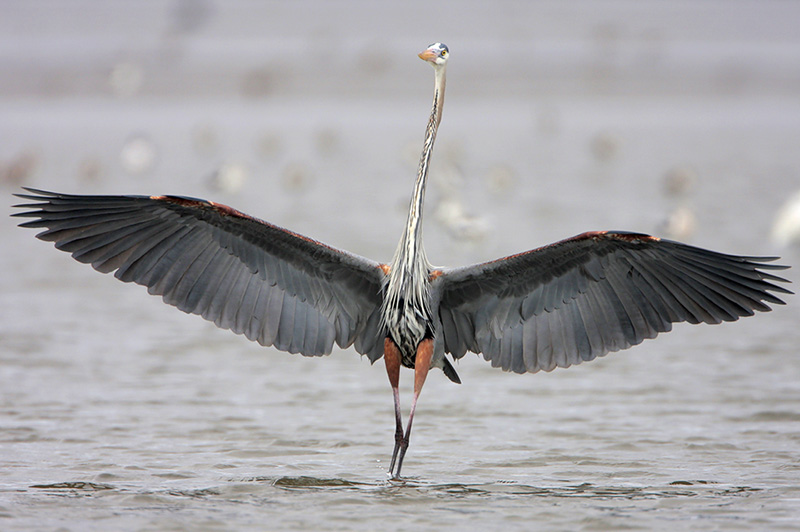
For a few more suggestions for birding locations I recommend you check out my list of Upper Texas Coast birding locations page here:
https://pbase.com/dadas115/utcbirdinglocations
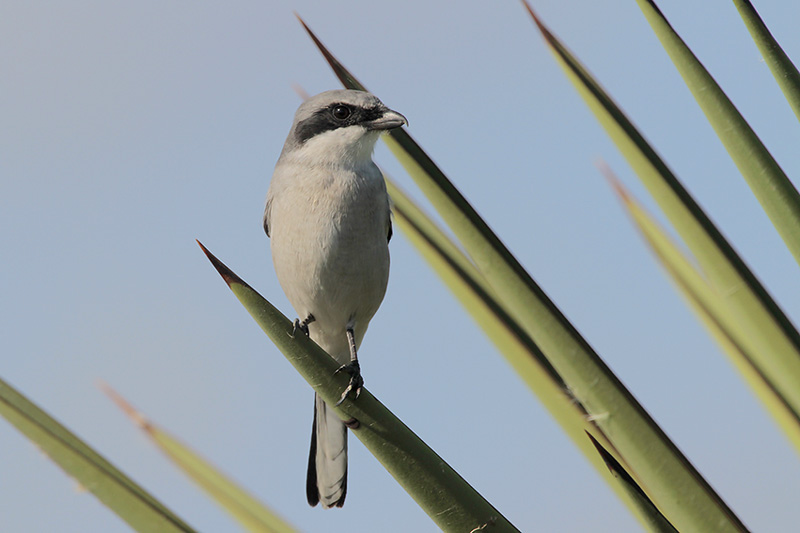
If you are interested in checking out an organized birding group it is worth checking out Houston Audubon. The Houston Audubon photography group has a monthly meeting and offers interesting talks from a variety of photographers. Houston Audubon also offers a number of birding related programs. For details check out their website here: www.houstonaudubon.org
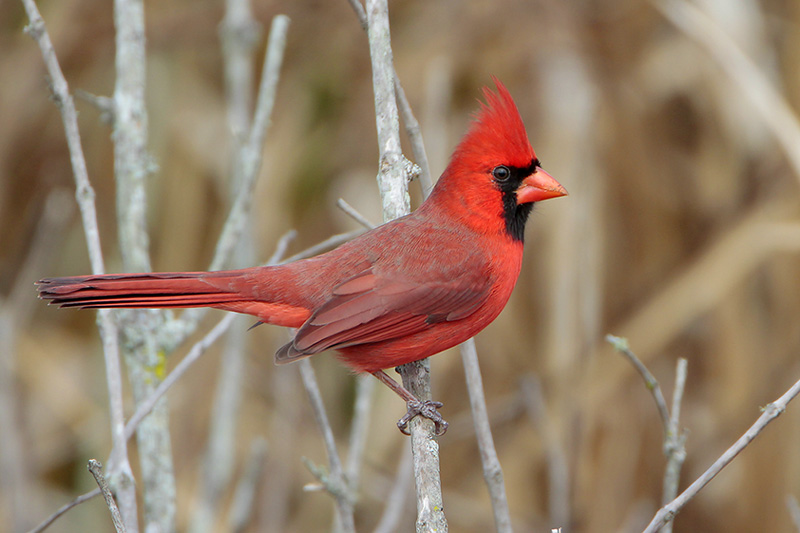
Hopefully if you think birding might be for you this post will be some good food for thought. I hope to see you on the birding trail soon!